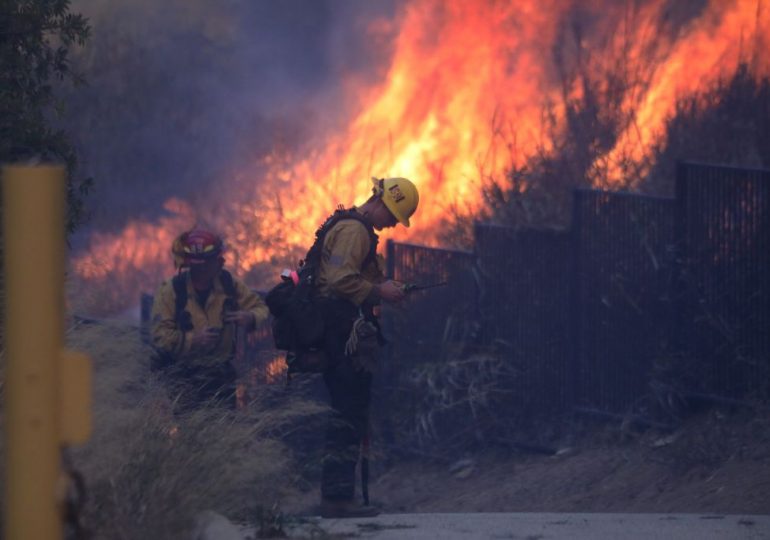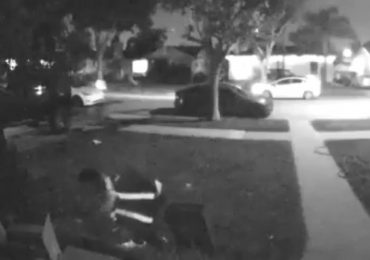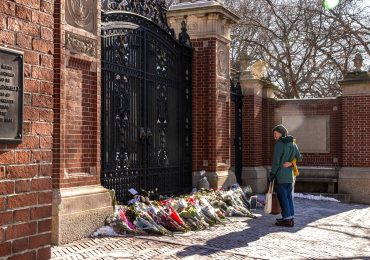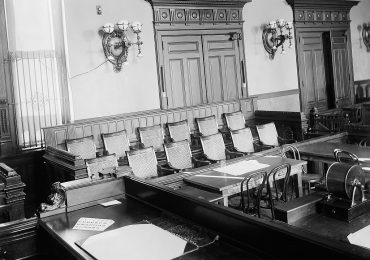Flames from the devastating Palisades Fire—the largest of four fires currently impacting Los Angeles County—have engulfed nearly 16,000 acres as of Wednesday afternoon since it was first reported by Cal Fire on Tuesday. About 1,000 structures have been destroyed, L.A. County Fire Chief Anthony Marrone confirmed during Wednesday’s press briefing.
The wildfires, which spread due to the lack of precipitation, dry fuel, and strong winds measuring up to 99 miles per hour, have taken at least two lives so far, officials confirmed Wednesday. A “high number of significant injuries” have also been reported, though officials could not share a more exact number.
[time-brightcove not-tgx=”true”]
“This is a tragic time in our history,” said Los Angeles County Police Department Sheriff Jim McDonnell during the press briefing Wednesday. “These are…unprecedented conditions, but also unpredictable as the fire continues to spread and pop up in different locations, none of us know where the next one is going to be.”
The devastating nature of the fires is in part due to climate change, experts say, which has exacerbated the size, intensity, and damage caused by the wildfires in recent years. The southwestern U.S. is undergoing the driest 22-year period in the last 1,200 years.
As temperatures have risen, so has the aridity, or dryness of the vegetation, which proved disastrous when coupled with the gusty Santa Ana winds. “The hot and dry Santa Ana winds that often affect the southern California region and fuel large wildfires such as the ongoing one, only make things worse,” said Imperial College London Professor Apostolos Voulgarakis in a statement. “Research has shown that the occurrence of Santa Ana winds in the autumn are also likely to get worse with climate change, leading to even drier vegetation, fast fire spread and more intense late-season wildfires.”
The fire’s scope
The Eaton Fire, which began Tuesday, is the second-largest of the four Los Angeles County fires, having burnt through more than 10,600 acres as of Wednesday, according to Cal Fire. The Hurst fire flaming in Sylmar, is continuing to rapidly spread and remains 0% contained. The smaller Woodley Fire, named for its location on North Woodley Avenue, Sepulveda Basin, decreased from 75 to 30 acres Wednesday. It is the only of the four fires that appears to be “under control,” officials said Wednesday.
Despite broad efforts to take control of the fires, officials expressed their distress about their magnitude. “We’re facing a historic natural disaster,” said L.A. County Office of Emergency Management Director Kevin McGowan during Wednesday’s press conference. “This is not a normal red flag.”
During the press conference, local leaders addressed concerns about fire hydrants that reportedly went dry in the county as firefighters sought to extinguish flames. Local media had reported on the incidents, though discussions about the topic also circulated on social media platforms including X. L.A. Department of Water and Power CEO Janisse Quiñones said that in Palisades, the three tanks of water that hold about a million gallons each and supply the region had run out. “Because we were pushing so much water in our trunk line and so much water was being used before it could get to the tanks, we were not able to fill the tanks fast enough,” she said at the press briefing. The department plans on sending some 20 water tanks to support the fire department.
As a result of the pushes to the county’s water system, water quality has decreased. Boil water notices have been issued to those in the Pacific Palisades. Other areas could also be impacted.
Power outages have also been affecting much of Southern California. More than 1.5 million customers were out of electricity as of Wednesday afternoon, according to Poweroutage.us. Quiñones said that while restoration efforts were in process, it was impossible to send crews to unsafe areas where fire risk remains elevated.
Officials also said L.A. County was not prepared for the disaster. “There are not enough firefighters in LA County to address four separate fires of this magnitude,” McDonnell said. “The L.A. County Fire Department was prepared for one or two major brush fires, but not four—especially given the sustained winds and low humidities.”
California Governor Gavin Newsom has deployed more than 1,400 firefighters to the region, and he declared a state of emergency on Tuesday night.
Red flag high wind conditions will likely continue in place through Thursday evening, according to the National Weather Service. The causes of all four wildfires are still under investigation, per Cal Fire.
Climate impact
A combination of factors compounded the impact and scope of the Los Angeles fires. The L.A. region has received little rain this year— the latest U.S. Drought Monitor Map, released last week, reported parts of Southern California as “abnormally dry”—coupled with warmer than usual temperatures. In addition, the area was battling a windstorm the day the fires were reported.
“[The] National Weather Service reported wind gusts of close to 100 miles an hour in a region that had received close to zero precipitation with a season of very warm conditions,” says Stanford Professor Noah Diffenbaugh. “That is a very high-risk situation. And it was forecast in advance.”
The fires are occurring outside of the state’s wildfire season, which typically runs from May through late October or November in the Southern California region, according to the Western Fire Chiefs Association.
Warmer temperatures and extended droughts could mean that wildfires might continue to occur outside of their usual season. “Because of the warming trend of climate change, the vegetation is a little bit drier and the fire season is a little bit later,” says Crystal Raymond, deputy director of the Western Fire and Forest Resilience Collaborative at the University of Washington. “You get more of the chance for this dry season to then overlap with the Santa Ana wind season.”
It’s a phenomenon that could become more common due to climate change, says Raymond. “Generally throughout the West, we expect wildfires to become more frequent, larger, and happen in a longer fire season.”
Raymond says that wildfires will continue to cause devastation as long as areas that were previously natural vegetation are commercially developed, a process known as wildland-urban interface. “There’s a lack of awareness about how much most people living in the West are living in areas that are prone to wildfire,” she says.
Practices like controlled burns or vegetation management can help manage fire risks, and experts say that communities should have evacuation plans and plan any development with wildfires in mind. But wildfires have long been a part of California’s ecosystem, and will continue to be so.
“There have been wildfires in California much longer than there have been cities,” says Diffenbaugh. “The key question for living with wildfire is how we as humans manage the risks.”
Leave a comment








